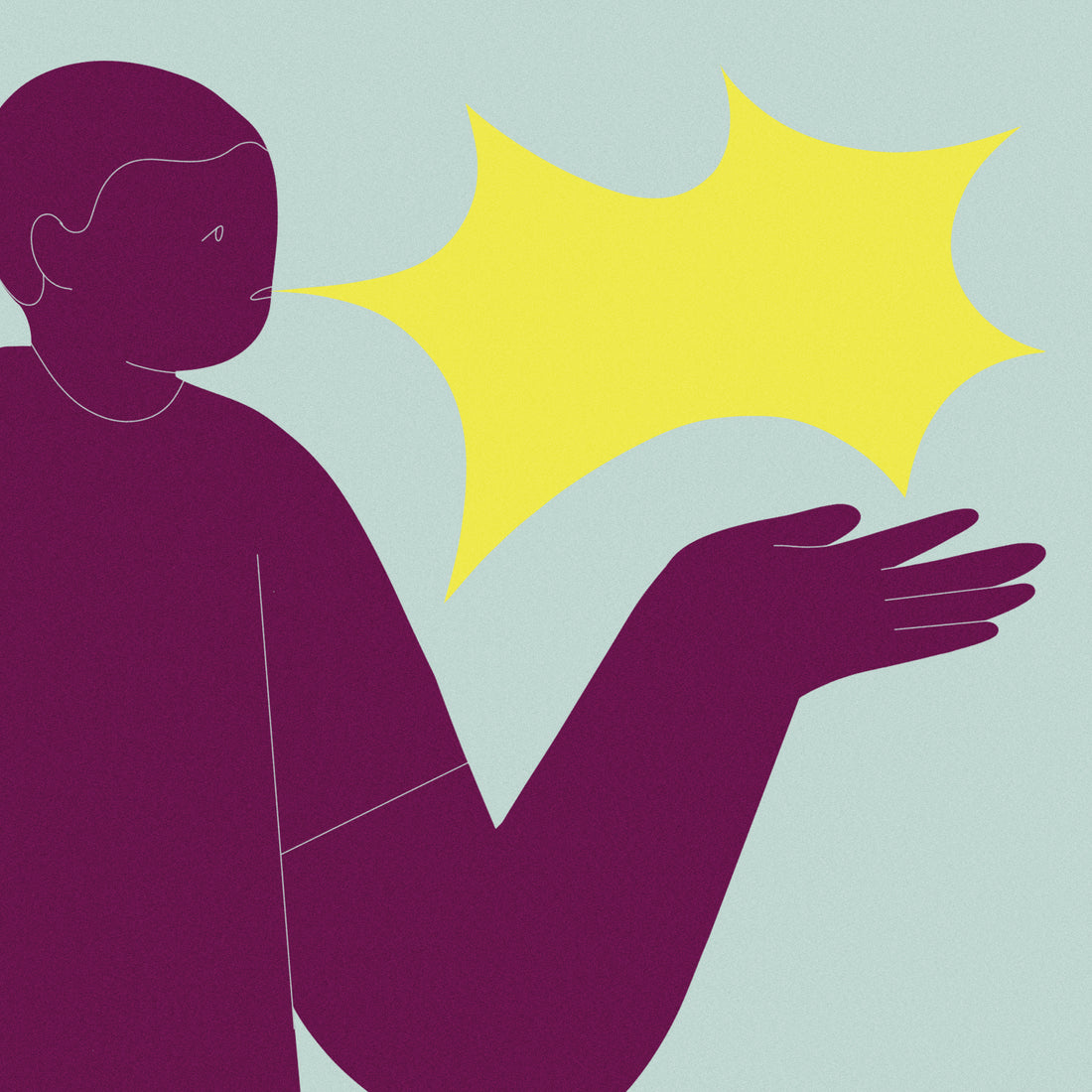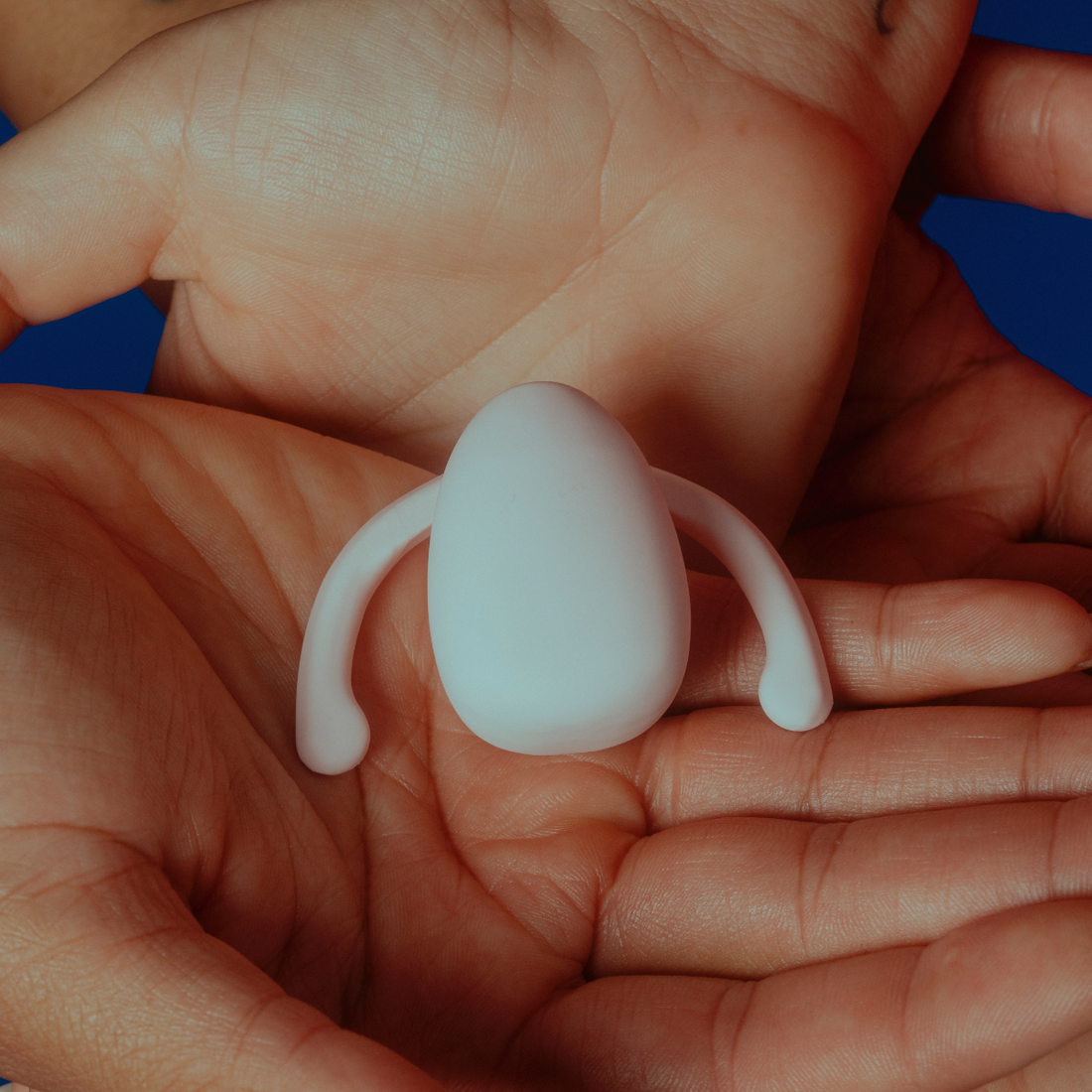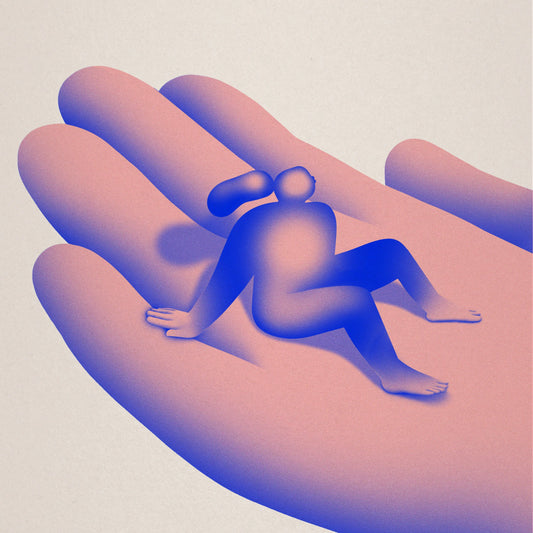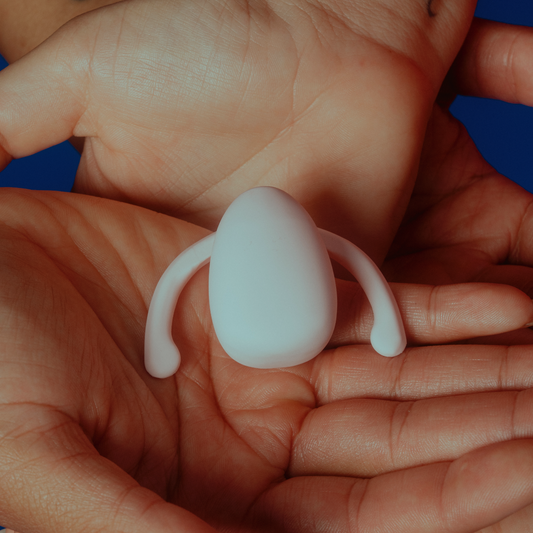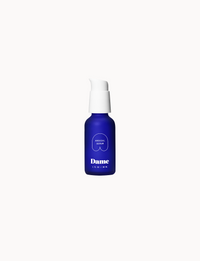Picture this: You’re at your good friend’s apartment for a routine Friday night of snacks and movie-watching. You’re cozied up under a blanket and a funny moment in the film throws you both into a fit of laughter. Your eyes meet briefly and suddenly you see your friend in a different light. Those feelings continue to build in the days and weeks following. You’re not sure what to do. How do you potentially turn this friendship into a full-blown romance?
This scenario is tricky, but it’s far from uncommon. If you’re thinking of taking a platonic friendship further, here are some factors you may want to consider.
Get Real With Your Feelings First
Having deep feelings for anyone isn’t easy, let alone for someone you consider a close friend. It can be scary, even thrilling to feel the pangs of love and desire. But, before beginning a deep conversation with the other person (or impulsively stealing a first kiss), it’s a good idea to spend some time in quiet reflection and accurately assess your feelings and gain clarity. Is it romantic? Are your desires primarily sexual? Is your perspective skewed by a recent sexual drought?
We often don’t take enough time to reflect on our society. Slowing down hasn’t been drilled into us the same way as the “hustle” mentality has. But the last thing you want to do is damage an established and meaningful friendship by being reckless. Impulse control is an important life skill, especially when the stakes are high. Here are some questions you may want to sit with:
- How long have I been feeling this way towards my friend?
- When did these feelings first start?
- Did something change that helped me start feeling this way?
- How would I like for this relationship to change?
- What’s my potential goal for this new relationship?
It may also be helpful to talk with another friend (or even consult with a therapist) about your feelings for further clarity. We all need a safe space to become more honest with ourselves and sometimes another set of eyes can help us gain greater insight.
You’ll be Forced to Face Potential Rejection
One of the most difficult aspects of changing a relationship from platonic to romantic is that you’ll need to confront your fear of rejection. For better or worse, humans are equipped with the capacity for self-preservation. That not only applies to the deeply embedded need to run away from physical danger; it also means that we tend to protect ourselves from psychological threats as well. Relationships present plenty of opportunities for self-preservation to kick in!
You'll need to face the possibility that someone that you hold in high esteem, or possibly even love, may not see you the same way you see them.
Circumstances can change how this self-preservation mechanism operates, which varies from person to person. Some people are very risk-averse and feel the need for more protection, while others are more prone to risk-taking and living more brazenly. However, no one appreciates the feeling of being denied or rejected. We all like to avoid it.
Rejection, in this context, means facing the possibility that someone that you hold in high esteem, or possibly even love, may not see you the same way you see them. That kind of rejection is devastating for anyone. And facing potential rejection is a real risk, the first time you share your feelings about wanting to take the relationship in a different direction.
It is a scary prospect, but one that is unavoidable in this situation. Being vulnerable in this way is about taking a leap of faith and accepting risk.
Are You Ready to Take the Risk?
Along with reflecting on your gut feelings about your friendship, one thing you may also consider is the risk involved in potentially exploring a romantic or sexual relationship with a friend.
Friends to lovers scenarios might work out perfectly, like the storylines in books such as
Beautiful Player (Christina Lauren),
Friends Without Benefits (Penny Reid) or
Marriage on Madison Avenue (Lauren Layne). “My best friend becomes ‘the one’” is a popular trope in contemporary romance novels.
But real life isn’t always the same as a random selection from a book list. Whether they’re from a small town or New York City, childhood friends, next door neighbors, or best friends from high school aren’t always destined to develop romantic feelings or live out a fairytale love story. They may simply be destined to be good friends.
Some things you may want to ask yourself before taking the risk are:
- Am I OK with taking this risk, knowing that it may end the friendship?
- Am I in a healthy enough place to manage a relationship shift of this magnitude?
- How might I feel if my friend agrees to pursue a romantic relationship with me?
Of course, it is one thing to consider these questions beforehand and it’s another to actually live the consequences. You may not know definitively if you’re ready to take the risk until you’ve already decided to move forward. Most of the time we aren’t “ready” for major life shifts but somehow take a leap, anyway.
The Odds May Be in Your Favor
While there isn’t much on the books about turning friendships into romantic relationships, there are some statistics that can help. According to a 2010 study,
68% of single men and 43% of single women answered yes to a date from a stranger.
Given those numbers, it stands to reason that if you have a friend that you’re interested in, simply asking them out on a date might help make things move forward. If pick up attempts in a bar or on social media often succeed, you might have a 50/50 shot of landing the date.
Try your best not to play games or follow overly prescribed dating rules.
Unfortunately, many people play the “just a friend” long-game to ultimately win the trust of the other person. This can backfire tremendously if your friend perceives even a hint of misrepresentation or ulterior motives from you.
In my therapy work, I’ve seen this most commonly play out in a gendered dynamic of the “nice guy” waiting for his shot with his female friend. However, a person of any gender may fall prey to this scenario if they are too nervous to share their affections. This method doesn’t create trust and is a surefire way to end the friendship, and the hopes of anything more, very quickly. In this scenario, there’s no chance of a second chance.
Define the Relationship
Before you can
define the relationship with a friend (and, if you’re lucky, turn it into something more), you need to know what you’re asking for in the first place. Once you’ve crossed the hurdle of sharing your feelings and been able to get your friend (and new partner) interested, you’ll likely have to figure out the boundaries and expectations of the new relationship.
When a relationship changes from a friendship into a lovers’ romance, there are bound to be some growing pains. From navigating mutual friends to integrating one another into your lives in new ways, it’s always good to iron out what you expect from one another. You may even want to discuss the “endgame” if the romance doesn’t work out. Even though you’ve known this person for some time, it is not safe to assume that things will continue operating as they have been.
The new relationship structure may also mean some shifts in your dynamic. Talking things through to define the new relationship will help moderate those growing pains and create a better possible outcome.
What You May Find Hard to Believe
While these are all helpful factors to consider, it is important to note that many partnerships are formed spontaneously. We’ve all probably heard a story or two of people being friends for a while and then just deciding to try out a relationship. Sometimes it just works!
Whatever path you decide to take, it is always important to be honest with yourself and those around you about your intentions. Try your best not to play games or follow overly prescribed dating rules. Otherwise, you may end up creating painful experiences in your relationships inadvertently. And who would want to do that?

